I'm writing this blog post not to complain, but to inform those of you who have followed our progress over the last couple of years that I won't be going into the field with students again in the spring as I had anticipated. I'm going to reach out to each of the generous individuals that donated to the GoFundMe campaign and offer to refund his or her money. I will gladly hold on to the funds (which I transferred to a private account) if the donors sign off on a change of plans. If I end up retaining any of the money, I'll use it to continue my research program at 38FA608 (and/or some of the other sites that we have now identified nearby) in a modified form. I just won't be able to involve undergraduates to near the same degree as I did with the field school.
Anyway . . . stay tuned. I've always been good at scrambling and making the best of the hand I'm dealt.
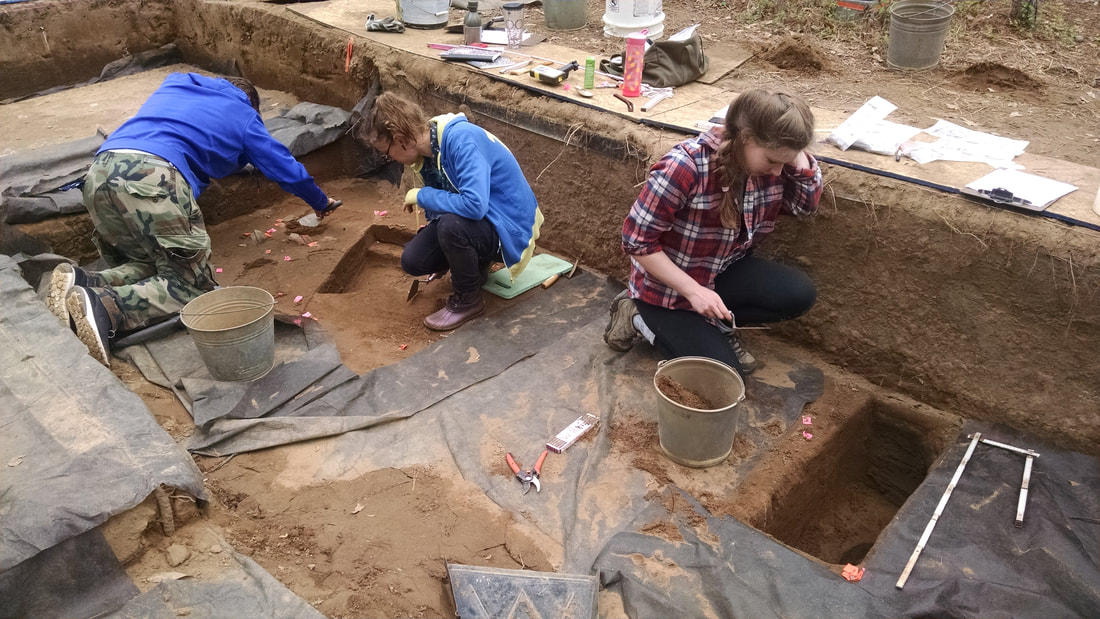
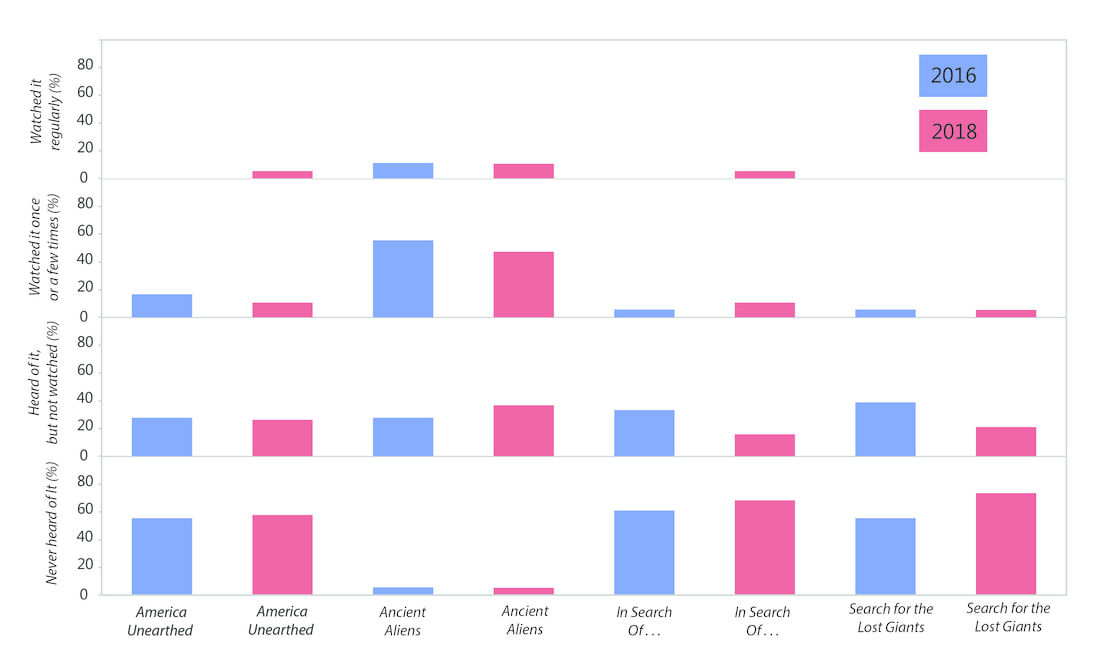
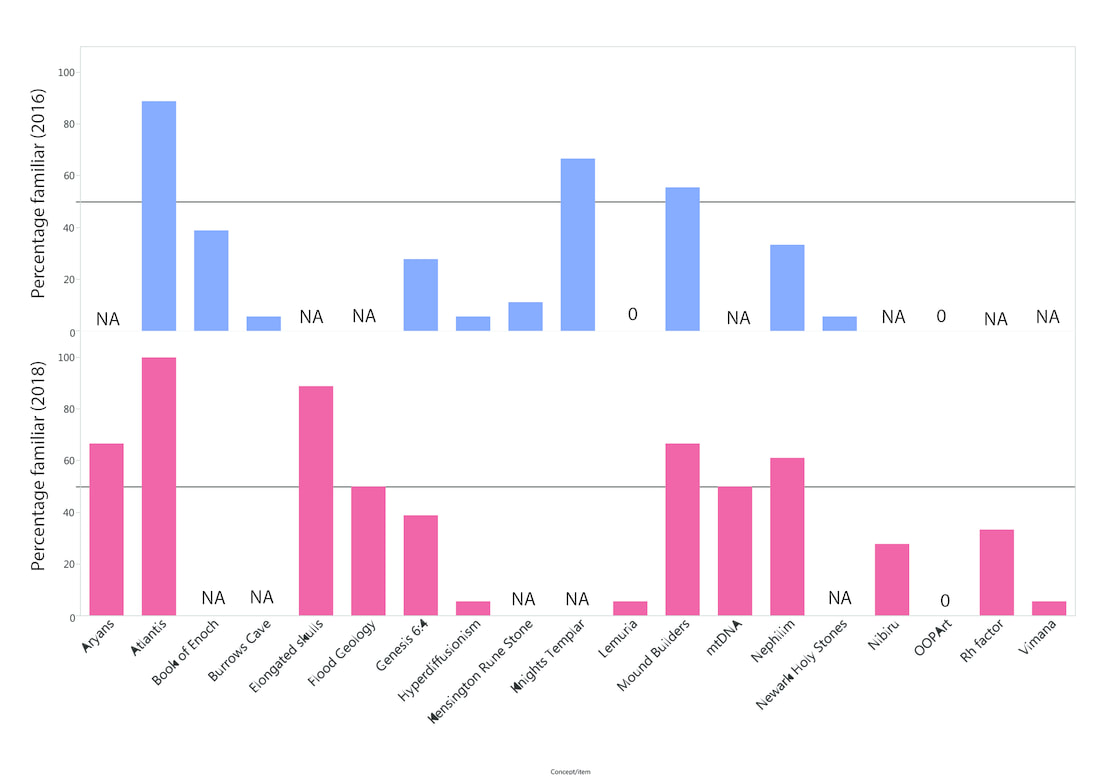
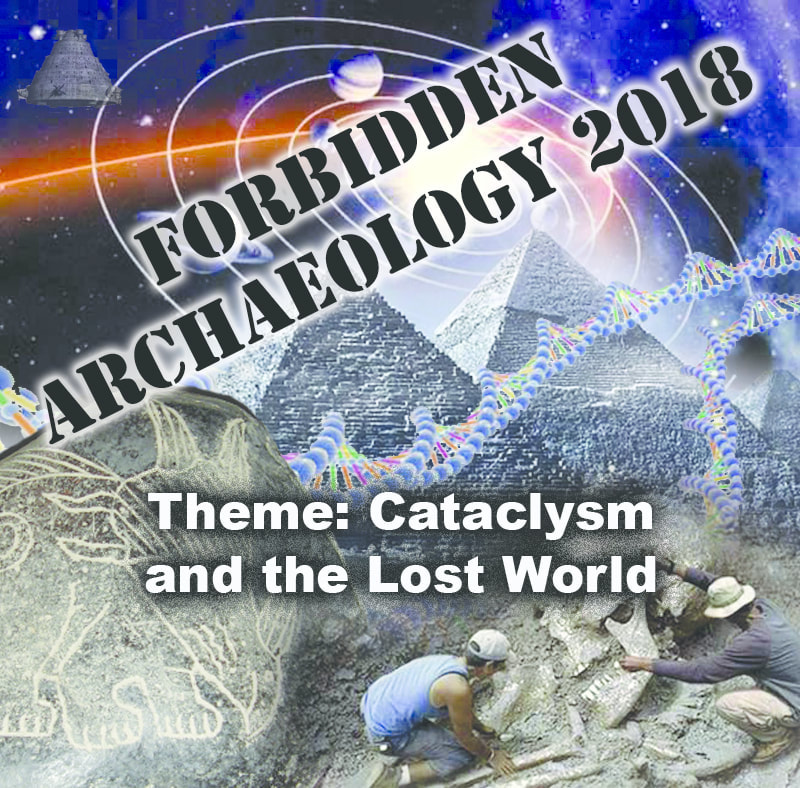
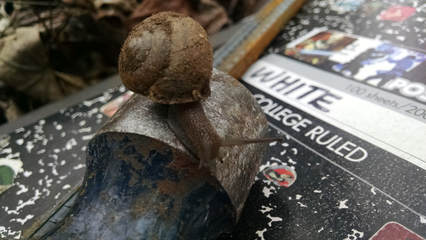
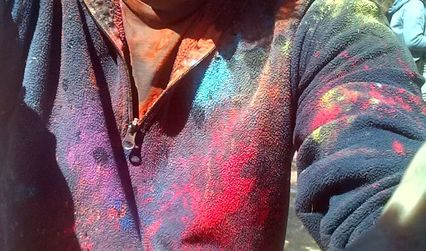
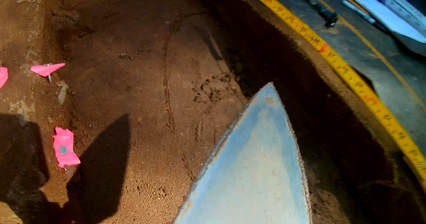
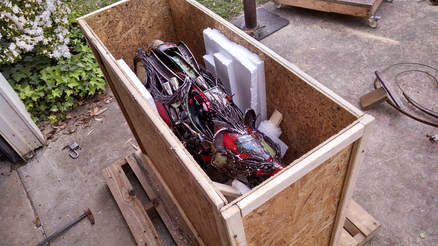
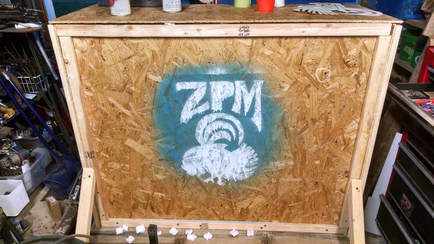
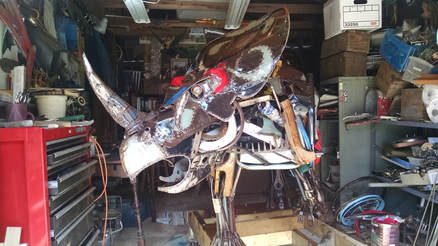
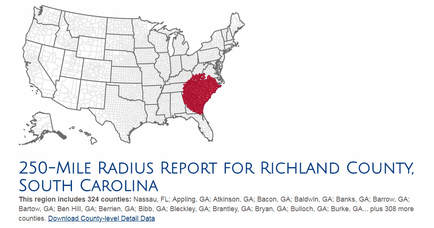
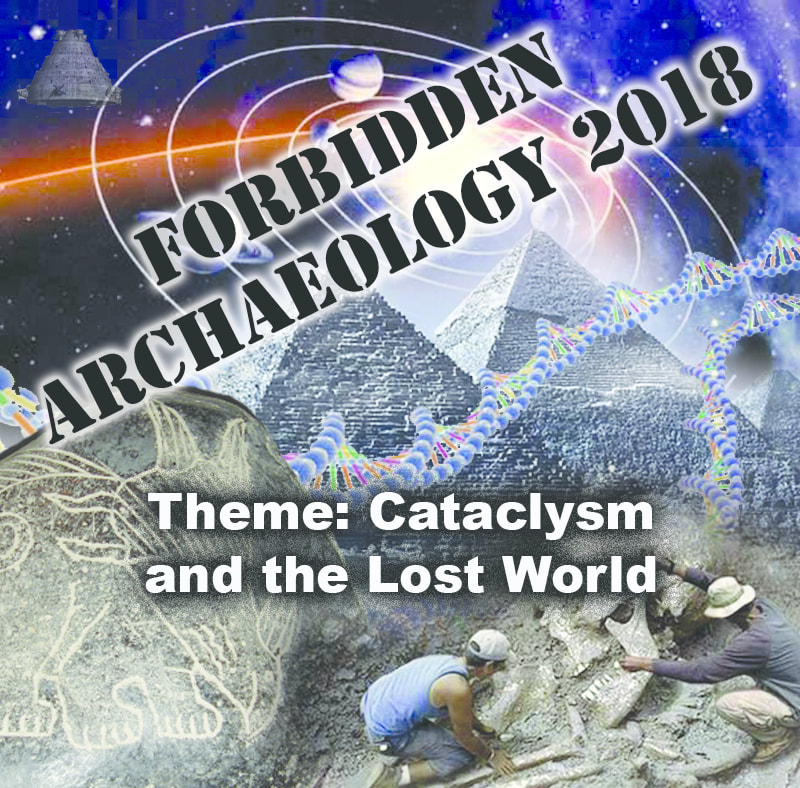
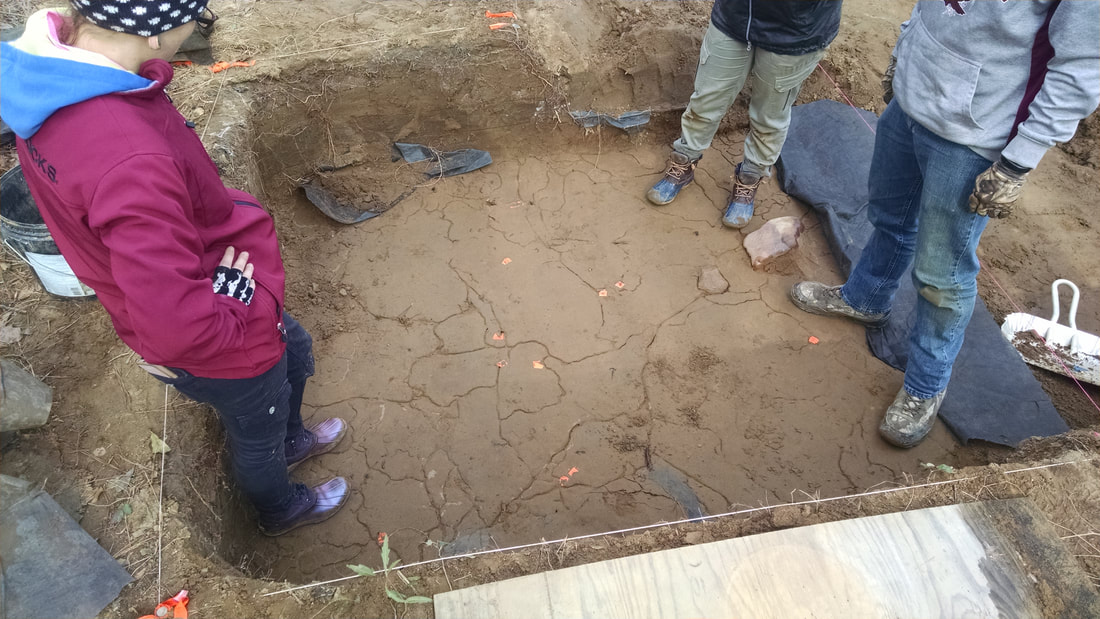
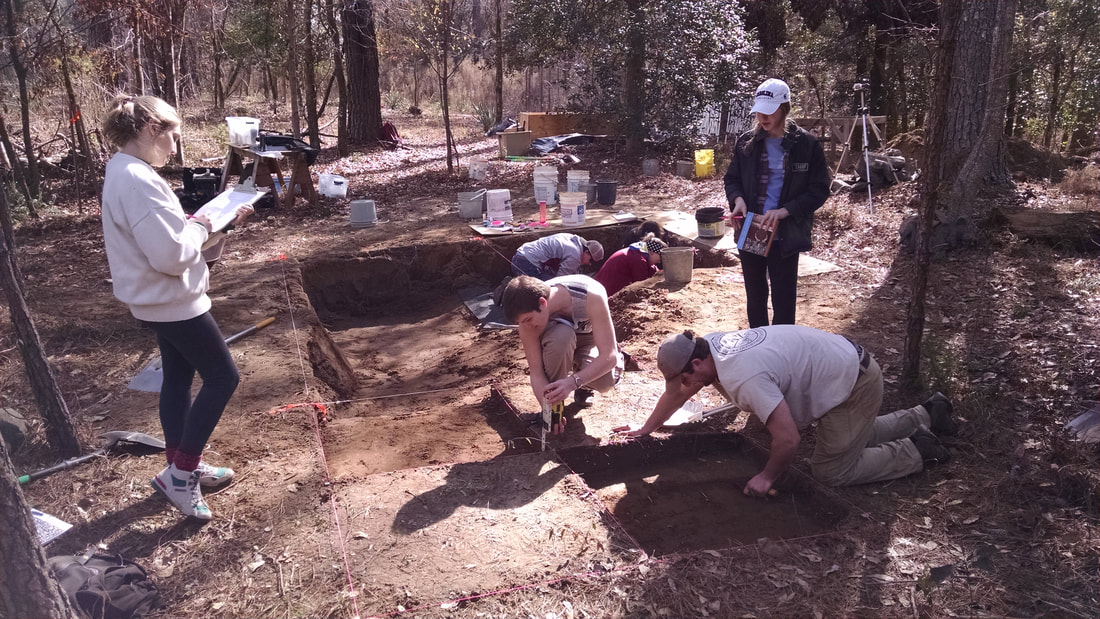



 RSS Feed
RSS Feed
